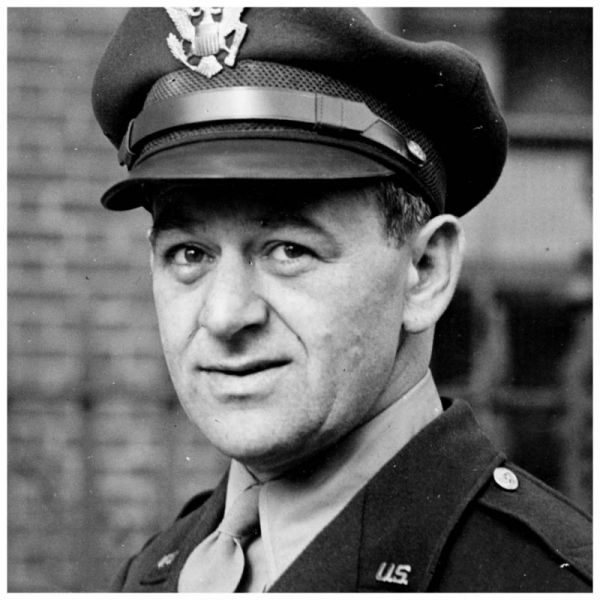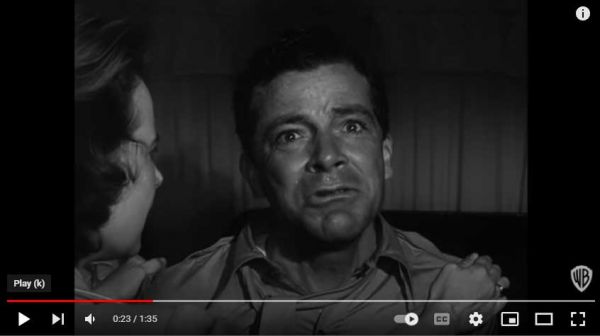A Review of The Best Years of our Lives
I enjoy "good" films. I don't like to call them "art films." They're just good. I have a collection of about fifty of them. They are good films; some of them are also artsy. Critics exercise their own take on a film. You might as well ask him how he feels about God or the shade-trees on his street. In general, a good film defines and describes situations, predicaments, and crises in human environments. A "good" film contains many varied human interactions and lots of dialogue, though the human environments vary greatly in their focus.
Earlier this week, I watched The Best Years of our Lives for the fifth time, starring Fredric March and Myrna Loy, released in 1946, and directed by William Wyler. Like other films that I like, Best Years revels in human environments--a harsh military environment in a foreign culture that transitions toward a bourgeois American one. As the conditions of life change, so do the personal demands on the movie-characters--challenges to their foci and values. The transition is not a piece of cake.
Film-director William Wyler
Best Years reflects personally on the lives of both actor March and director Wyler. March returned to Wisconsin after World War I and entered banking, like the character he plays in the movie. Wyler returned to Hollywood after a stint in the Air Force, like another main character in the movie Fred Derry, played by actor Dana Andrews. Wyler made a name for himself in the Air Force, where he made two essential war documentaries, Memphis Belle and Thunderbolt, both of which required his flying into combat.
But try showing such a film as Best Years in a commercially competitive movie-house--five showings a day to a mostly empty cinema. No businessman with half a brain would do something so quixotic, with daily expenses accumulating at each showing. The Best Years, like any other "good" movie, can't hold a candle to modern movies over-endowed with CGI and politically-correct thematic material--mostly heroic women and minorities in power positions, relative to whiny white males.
The plot of Best Years involves soldiers who have lived in fear in harsh combat environments, relying on firearms and team-work to survive. Not surprisingly, when they return home after five years, they bring the War home with them. In combat, they slept with their firearms, if they slept at all, curled up in fox-holes or napping surreptitiously during a fifteen-hour bombing-run. Returning home, they react to the prissified, bourgeois life they left behind ambivalently, uncomprehendingly.
Actor Frederic March
Army Sergeant Al Stephenson returns home and drinks himself into oblivion on his first night. As the viewers get to know Al, they can't miss the burning effect of his hollow-eyed stare. Al dances frenetically with his patient wife, who has to undress the drunken Al when they return home. Homer Parrish lost both of his hands during his service in the Navy and must get by with primitive prosthetic pincers that cannot turn a door-knob. In frustration, he smashes out a window, scaring his little sister half-to-death. He becomes solitary, spending too much time caring for his firearm collection, depressed over his inability to provide for his girlfriend Wilma, played by actress Cathy O'Donnell, who hopes to marry Homer.
Fred Derry, who accompanies Al and Homer on their homecoming carousel, can't remember where he lives, and goes home with Al and his family. During the night, he has his first nightmare of combat. He shouts insensibly about enemy flak-fire, burning, disabled planes, and the doomed airmen. He sits up in bed, pale and hysterical, and yells for the airmen to parachute to safety.
My own father and most of his friends served during the War. Most of them didn't want to talk about it. Only a few did, shortly before their deaths. I think they would have hated a movie like Best Years--so close to their personal experiences.



